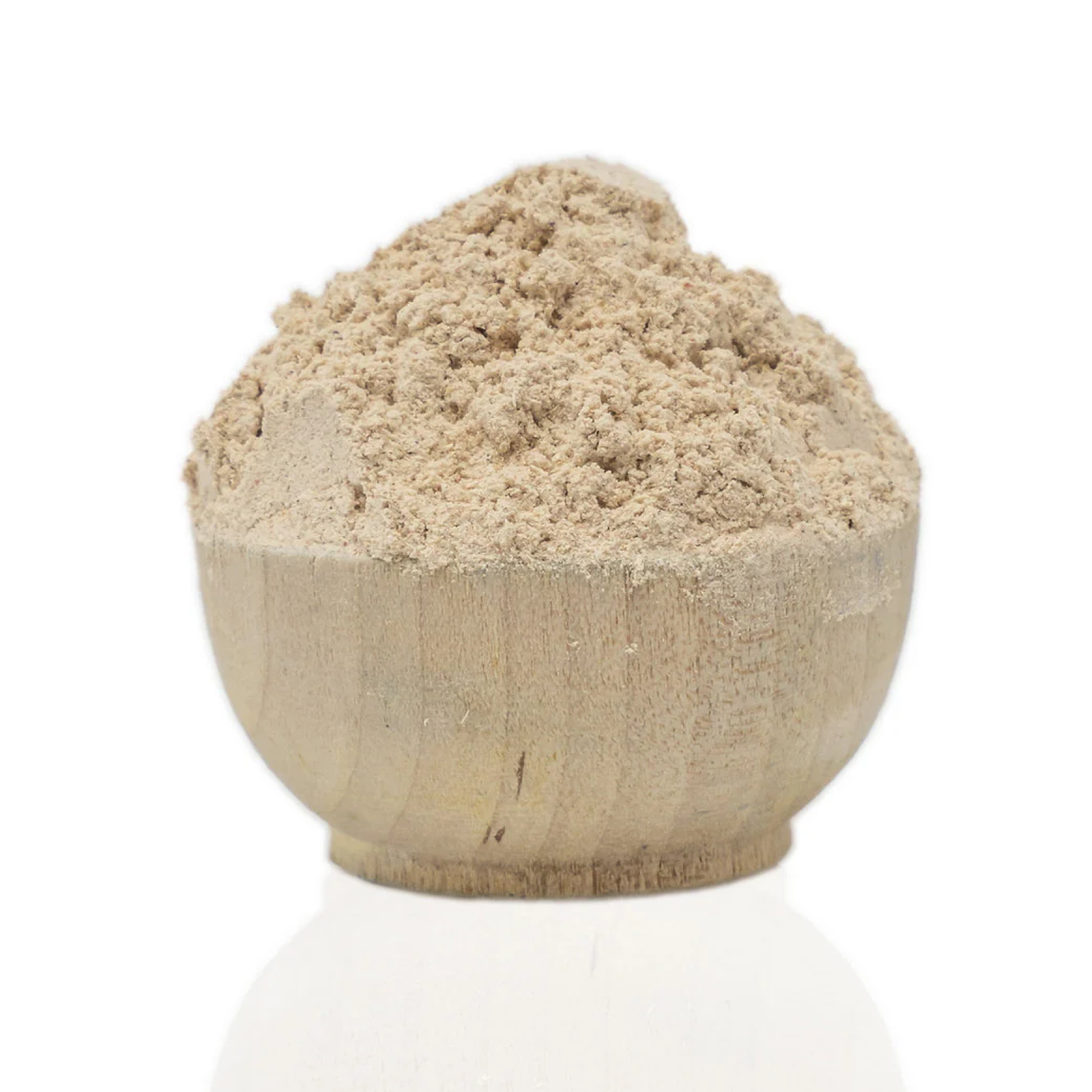
Sorrel Pieces (Rumex acetosa) organic
Pickup available at eHouse Rishon
Usually ready in 24 hours
Reliable shipping
Flexible returns
Description
Common Sorrel (Rumex acetosa) is better known as a tangy spring green in soups and sauces, but its leaves and stems have long held a quiet place in the dyer’s pot. High in oxalic acid, sorrel can colour cloth in warm yellows, olives, and browns, shifting towards greens or golds depending on modifiers. Unlike many dye plants, sorrel requires no mordant to fix, making it an approachable and versatile dyestuff.
Historical Note
In European folk traditions, sorrel was a plant of both the kitchen and cure. It served as a cleansing herb after long winters, a sharp note in peasant cookery, and, less widely recorded, a useful source of oxalic acid for brightening colours or acting as a mild mordant. Dyers without access to exotic roots or imported dyestuffs often turned to sorrel as a local, abundant substitute.
Active Coloring Compounds Oxalates and anthraquinones.
CI Colour Name Closest family: CI Natural Yellow 6 (sorrel is not standardized in the Colour Index, but its hues fall within the natural yellow/green spectrum).
Shading Tips
- Alum mordant → golden yellows
- Copper mordant → fresh, vibrant greens
- Iron (ferrous sulfate) → deep olives and browns
- pH variations → shift tones between clearer yellows and muted greens


